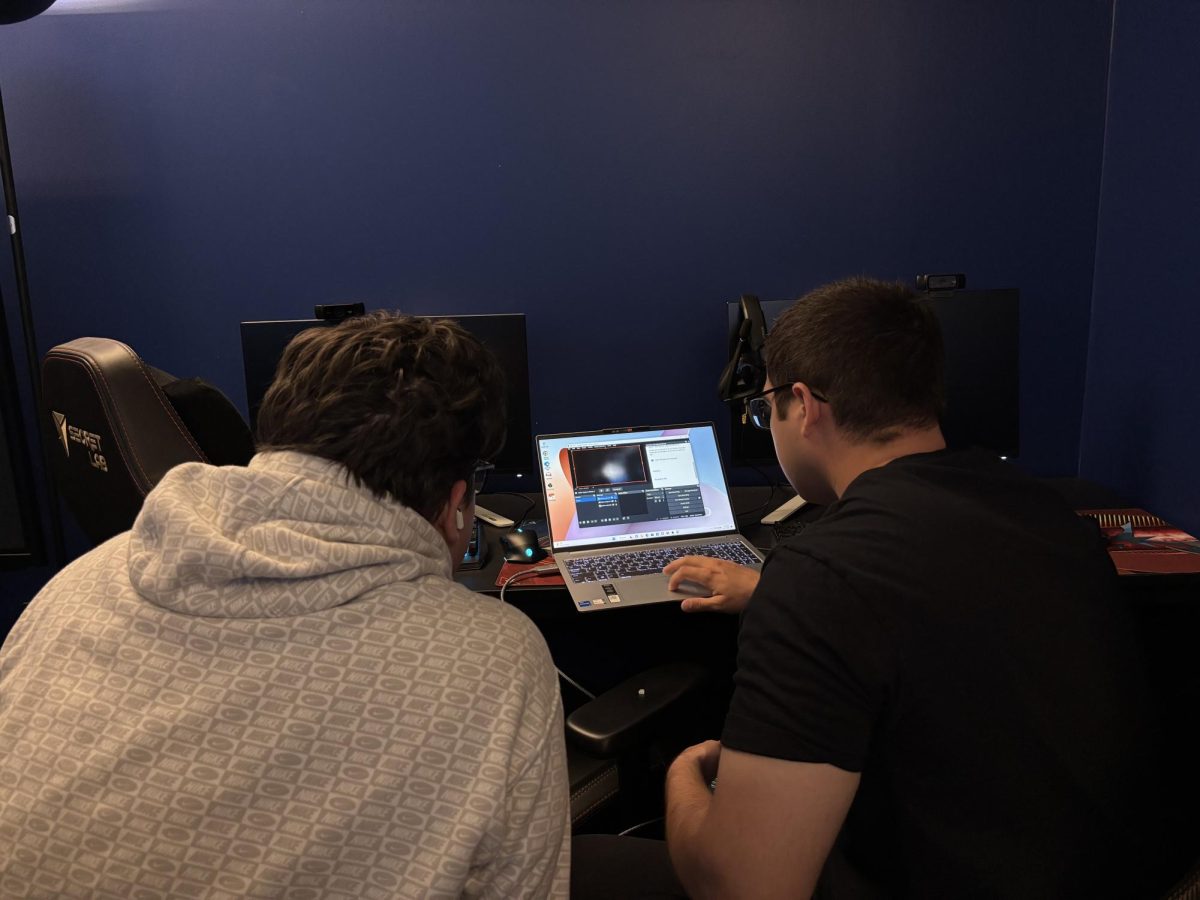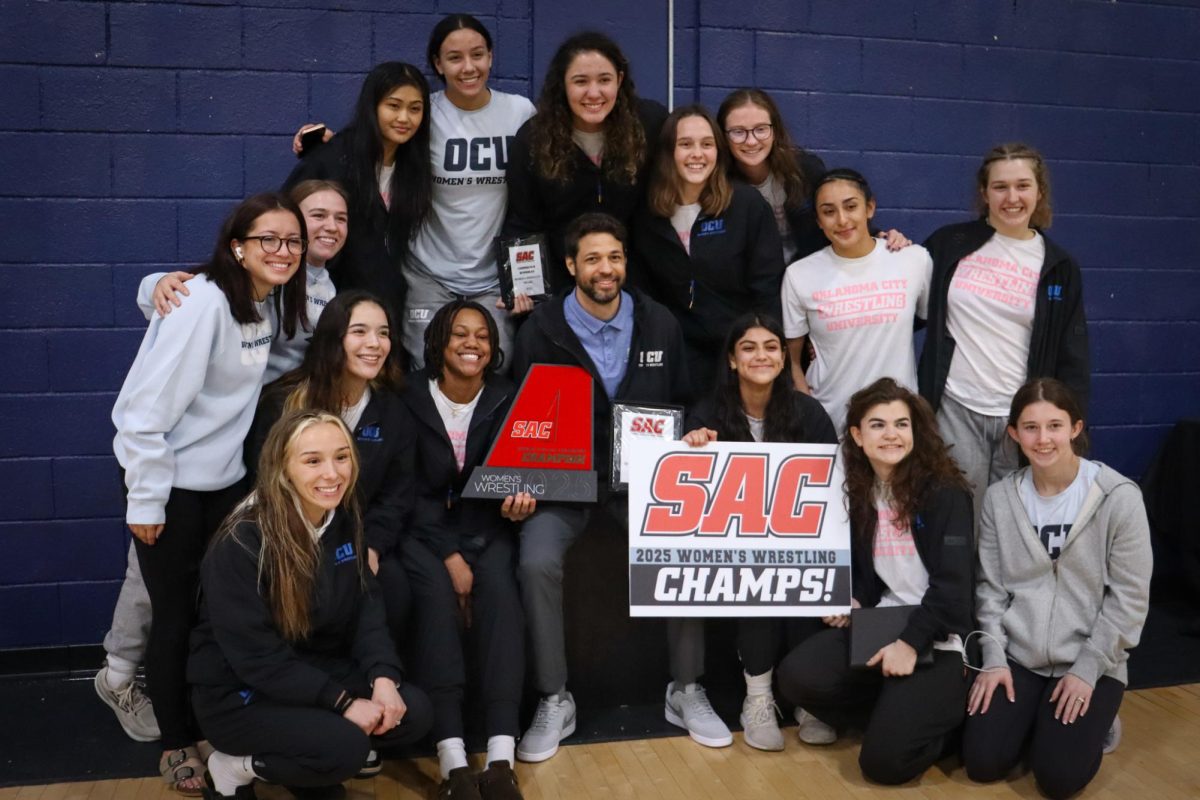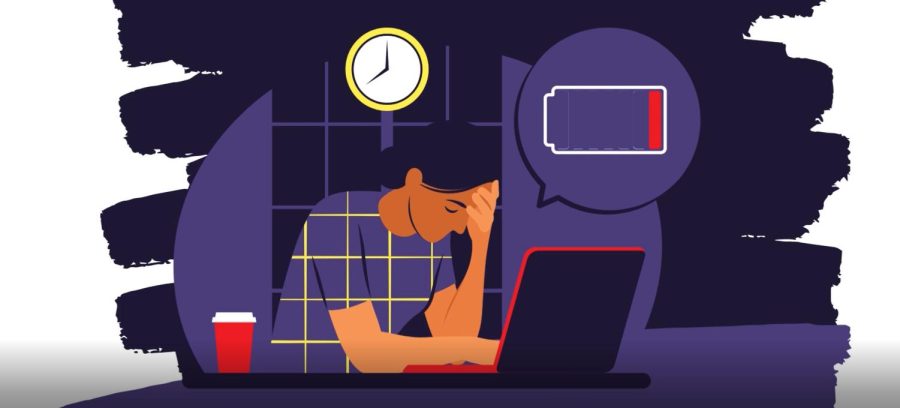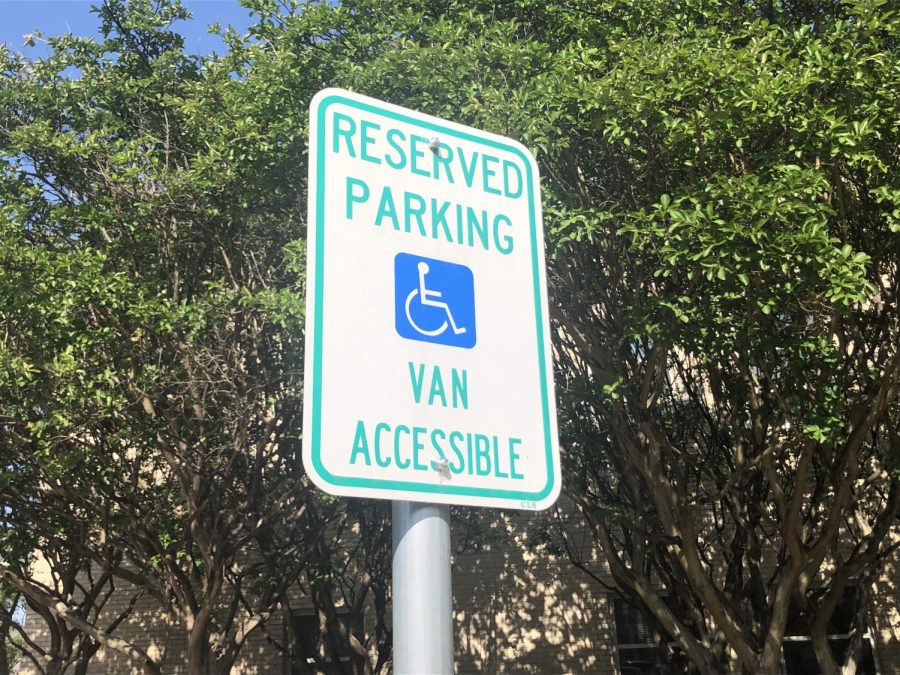By Ashton Willis and Jacinda Chan
Electronic cigarettes such as vapes or vape pens have become every young adult’s favorite accessory in recent years.
But it wasn’t until the most recent device, the Juul, was introduced, that the term “Juuling” was created.
Texas Wesleyan University student Maggie Brasher said she started vaping because of her friends.
“I had some friends from high school who did it, and then I would hit theirs every now and then,” said Brasher, a senior exercise science major. “I guess you could say I got addicted to the motion and then about a year later I bought my own.”
Brasher said that she has used multiple devices since she started vaping.
“I’ve had three different types of vaping devices: a Juul, Njoy, and a Prince Stick,” she said. “The Juul has been my favorite by far.”
Brasher said the Juul is different than some of the other e-cigarette devices that she has tried before.
“The Juul is just so crisp, it has a nice hit, and I just really enjoy the flavor,” she said. “At first it was really inexpensive but then when the FDA cracked down I switched devices because it’s a lot cheaper and still gets the job done.”
Brasher said that vaping, or Juuling, is definitely something that comes with a price to pay.
“The Juul is definitely addictive and the nicotine in general is really addictive,” she said. “Juul has become such a franchise name for younger kids who can’t buy it. They (the kids) think it helps them fit in, but I would warn them to be careful.”
E-cigarettes like the vape and the Juul are popular trends not only among high school students but college students as well. Young adults between the ages of 18 and 24 are the highest age bracket that use e-cigarettes and do so at an increasing rate, according to www.truthinitiative.org.
The 2018 National Youth Tobacco Survey study hypothesizes that the reason for the alarming increase in young adults’ use of e-cigarettes is the sleek USB flash drive look of the Juul, according to fda.gov.
Brasher said this is not something that she plans on doing for the rest of her life.
“I don’t want to do it for the rest of my life and cigarettes are a no go for me,” she said. “Hopefully one day in the near future I plan to quit.”
Brasher said her best advice to someone who wants to start vaping is not to.
“I would recommend to people who want to try it don’t because once you get started it’s hard to stop,” she said.
E-cigarettes have been around for a while and different generations of products have been created. The one we’re most familiar with nowadays is the Juul. But before the Juul, the vape was the most popular.
The vape doesn’t resemble a USB flash drive, like the Juul; it’s larger. Unlike the Juul, the vape has more intricate parts that must be replaced.
One in five high school students vape, according to consumer.healthday.com. Vaping grew from 220,000 high school students to more than three million between 2011 and 2018.
The three Wesleyan students interviewed about vaping said that most students start their e-cigarette journey in high school out of curiosity and the influence of their surroundings, but force of habit, using the cigarettes as a distraction mechanism and the stress of college all further their addiction.
Wesleyan student Madalyn Fee is a sophomore accounting major who started vaping during her senior year of high school when she was 17.
Unlike most young adults, Fee didn’t transition to the Juul and instead stayed with the vape.
“It’s the way the Juuls hit compared to the vape,” said Fee. “Juuls don’t have the same effect as a vape for me because I’ve become so reliant on a way a vape feels and hits that when I hit a Juul it’s not enough.”
Fee has become so reliant on her vape that she uses the device all throughout her day.
“Unless I’m in class or I’m around certain people like my parents or my boss,” she said.
Like most young adults, Fee started vaping because her friends were vaping.
“Now I vape because I have to,” she said. “It’s a big stress reliever whenever I’m studying for a test or I’m dealing with a hard situation or work gets really crazy. I vape to relieve the stress; it just calms me down.”
Fee spent about $140 on her vape and spends $75-$150 a month buying juice refills and replacing the parts for her vape.
“I probably buy two bottles of juice every month so that’s about $30 each, so that’s $60 on juice and sometimes more,” she said.
Wesleyan student-athlete Emily Hunt said she started vaping/Juuling because of her roommates.
“They all peer pressured me, and then I went and bought one,” said Hunt, a sophomore history major.
Hunt said that the amount of money she spends on her Juul is definitely a problem.
“On average I spend $30 a month on Juul, and that’s why this is my last pack of pods,” she said.
Hunt said that nicotine is definitely addictive, but it also depends on the person.
“Nicotine is addictive for some people, but not for me,” she said. “I went the whole Christmas break without it. I didn’t miss it so I definitely could go without it.”
Hunt said she thinks that a lot of student athletes do it because it’s a mechanism to help them de-stress.
“I like to do it on the golf course, and I do it a lot when I do homework,” she said. “I think that it kind of relaxes you and chills you out.”
Hunt said that there is kind of a difference between vaping and Juuling.
“Juul pods have more nicotine, but less smoke and that’s why I like it more than the traditional vape,” she said. “I think if you vape it’s more for social purposes, but if you Juul it’s just because you want to.”

Photo by Ashton Willis

Photo by Ashton Willis









![Pippin, played by Hunter Heart, leads a musical number in the second act of the musical. [Photo courtesy Kris Ikejiri]](https://therambler.org/wp-content/uploads/2025/04/Pippin-Review-1200x800.jpg)
![Harriet and Warren, played by Trinity Chenault and Trent Cole, embrace in a hug [Photo courtesy Lauren Hunt]](https://therambler.org/wp-content/uploads/2025/02/lettersfromthelibrary_01-1200x800.jpg)
![Samantha Barragan celebrates following victory in a bout. [Photo courtesy Tu Pha]](https://therambler.org/wp-content/uploads/2025/05/20250504_164435000_iOS-834x1200.jpg)





![Hunter Heart (center), the play's lead, rehearses a scene alongside other student actors. [Photo courtesy Jacob Sanchez]](https://therambler.org/wp-content/uploads/2025/04/thumbnail_IMG_8412-1200x816.jpg)
![Student actors rehearse for Pippin, Theatre Wesleyan's upcoming musical. [Photo courtesy Jacob Rivera-Sanchez]](https://therambler.org/wp-content/uploads/2025/04/Pippin-Preview-1200x739.jpg)
![[Photo courtesy Brooklyn Rowe]](https://therambler.org/wp-content/uploads/2025/05/CMYK_Shaiza_4227-1080x1200.jpg)

![Lady Rams softball wraps up weekend against Nelson Lions with a victory [6 – 1]](https://therambler.org/wp-content/uploads/2025/04/Screenshot-2025-04-04-100924-1200x647.png)















